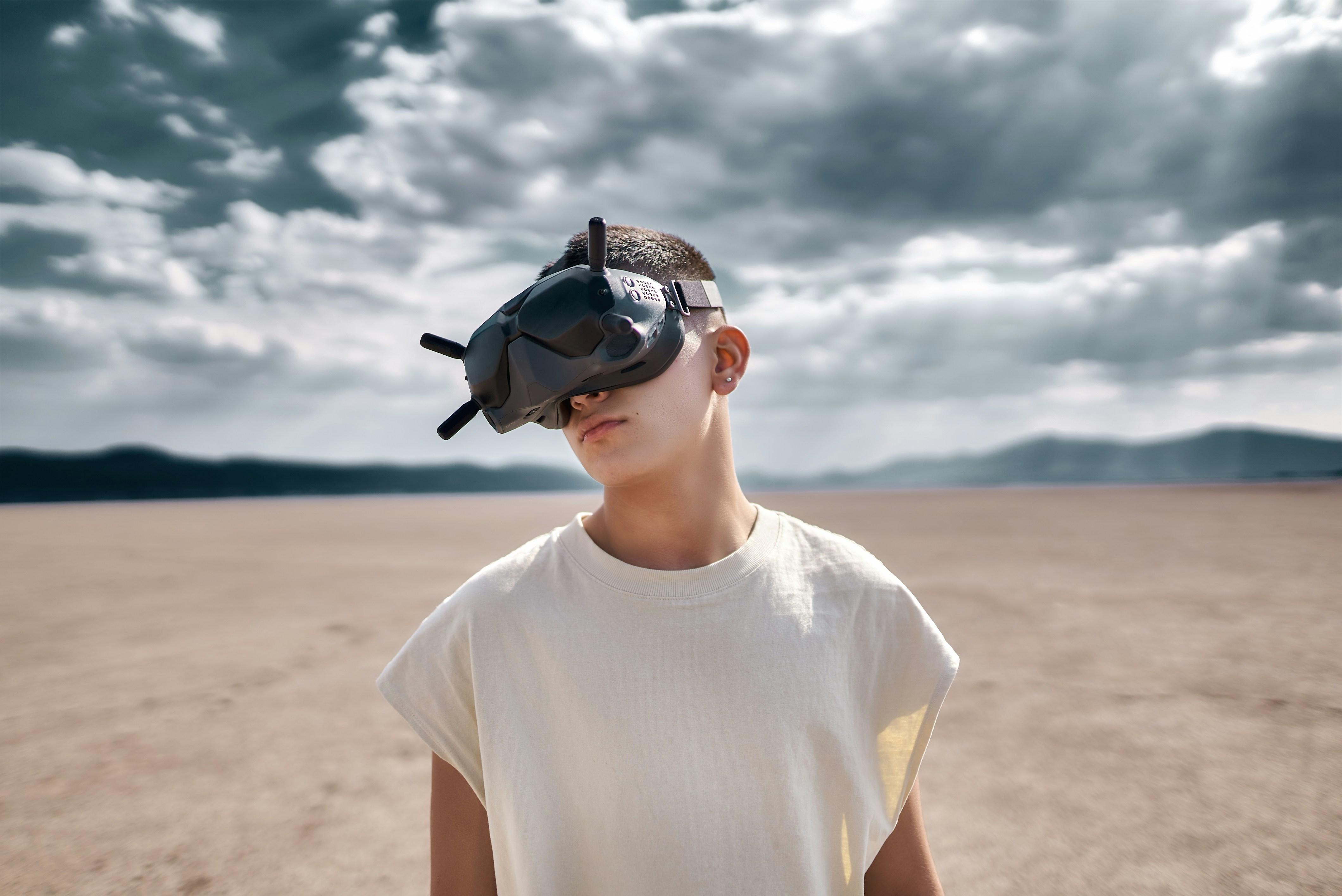The Intricate Dance of Augmented Reality and Retail: A New Shopping Frontier
In the ever-evolving nexus of technology and commerce, Augmented Reality (AR) is rapidly reshaping the retail landscape. This groundbreaking tech, once a figment of science fiction, is now a reality, offering unique, immersive experiences that could redefine the future of shopping.

Rewinding the Reel: AR’s Journey into Retail
The seeds of AR were first sown in the 1960s, with the development of the first head-mounted display. However, it was not until the late 2000s, with the advent of smartphones and portable computing, that AR began to take root in the retail industry. Early applications were basic, overlaying digital information onto the physical world. As technology advanced, AR became more sophisticated, evolving from simple overlays to interactive, 3D experiences.
Today’s AR in Retail: A Whole New Shopping Experience
Fast forward to today, AR is transforming the shopping experience. From virtual try-ons of clothes and accessories to interactive product demonstrations, AR is setting new standards in retail. Even amid the COVID-19 pandemic, AR emerged as a game-changer, enabling customers to virtually explore products from the safety of their homes.
The AR Product: The HoloLens 2
One of the most notable products pushing the AR agenda in retail is Microsoft’s HoloLens 2. This AR headset, priced around $3,500, offers advanced mixed reality capabilities. It’s not just about overlaying digital content onto the physical world, but about integrating digital and physical realities seamlessly. The HoloLens 2 is already being used in various retail applications, from virtual showrooms to personalized shopping experiences.
The Impact: A New Era of Shopping
The impact of AR on the retail market is considerable. It’s estimated that AR could generate up to $120 billion in retail sales by 2022. By enhancing the shopping experience, AR is not only driving sales but also increasing customer engagement and loyalty. Moreover, it’s helping retailers reduce returns and manage inventory more efficiently.
Looking Ahead: The Future of AR in Retail
The future of AR in retail looks promising. As technology continues to evolve, AR will become even more immersive and personalized. Future applications might include holographic sales assistants, virtual shopping malls, and AI-powered product recommendations. While it’s still early days, one thing is clear: AR is here to stay, and it’s set to revolutionize the world of retail.
In conclusion, AR is more than just a novel technology—it’s a powerful tool reshaping the retail industry. With its ability to bridge the gap between the digital and physical world, AR is transforming the shopping experience, blurring the lines between what’s real and what’s virtual. As we step into a new era of retail, AR stands at the threshold, promising a future where shopping is not just about buying, but about experiencing, exploring, and engaging.




